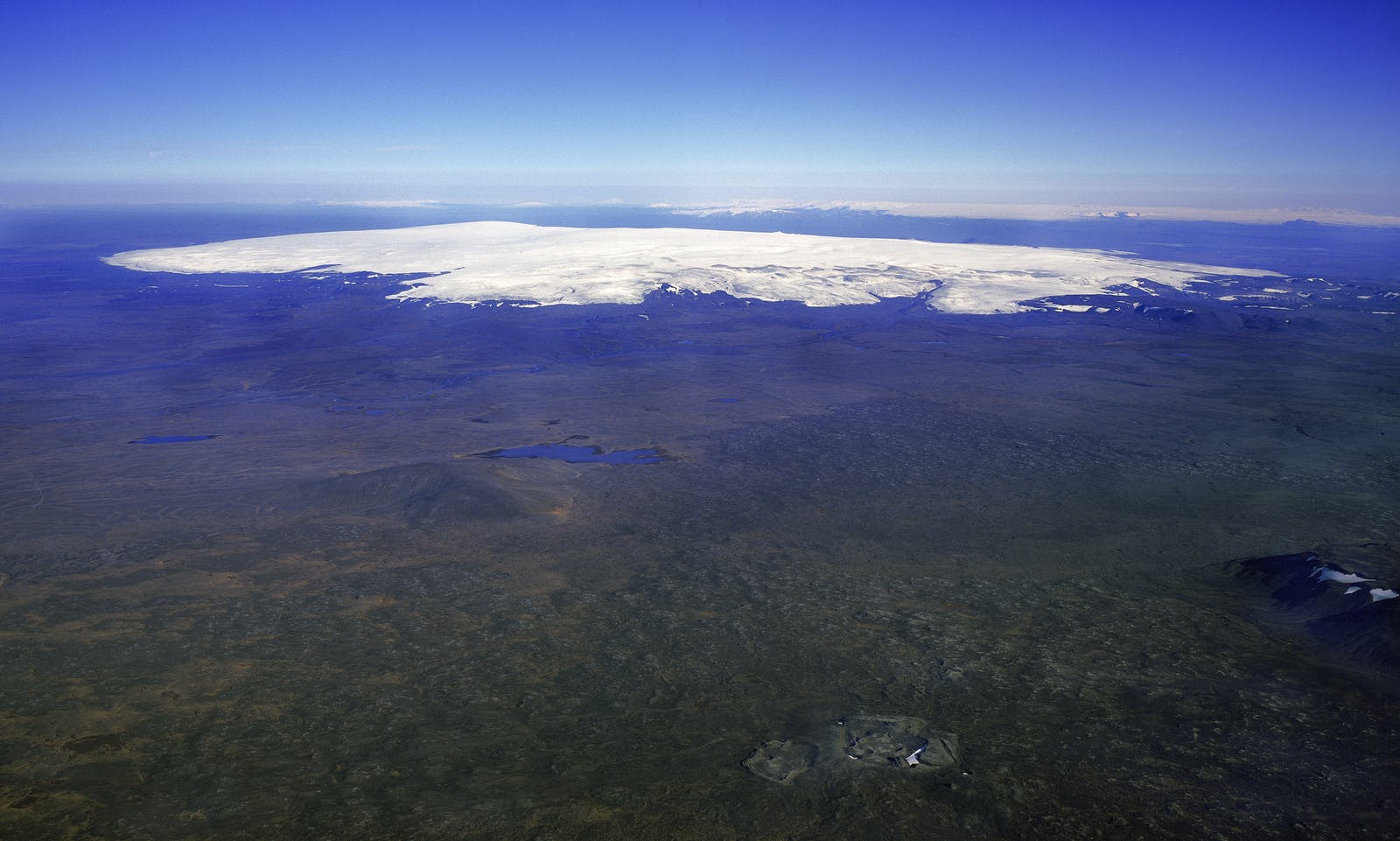
Exploring Hofsjökull’s Icy Wilderness
Hofsjökull is Iceland’s third-largest glacier and conceals a large active volcanic system beneath its ice. This rare mix of ice cap and volcano makes it a key part of Iceland's geography.
A Glacier with a Fiery Core
Hofsjökull, meaning "temple glacier," spans approximately 800 square kilometers, or about 310 square miles, in central Iceland. Beneath this vast ice cap lies a shield volcano, part of a much larger volcanic system. This central volcanic system includes a broad, gently sloping volcano and a wide and deep ice-filled caldera.
Hofsjökull's volcanic system is among the largest active ones in Iceland by area, although no eruptions have been recorded in written history. Despite this, it remains geothermally active, with heat from below affecting glacial melt and subglacial conditions.
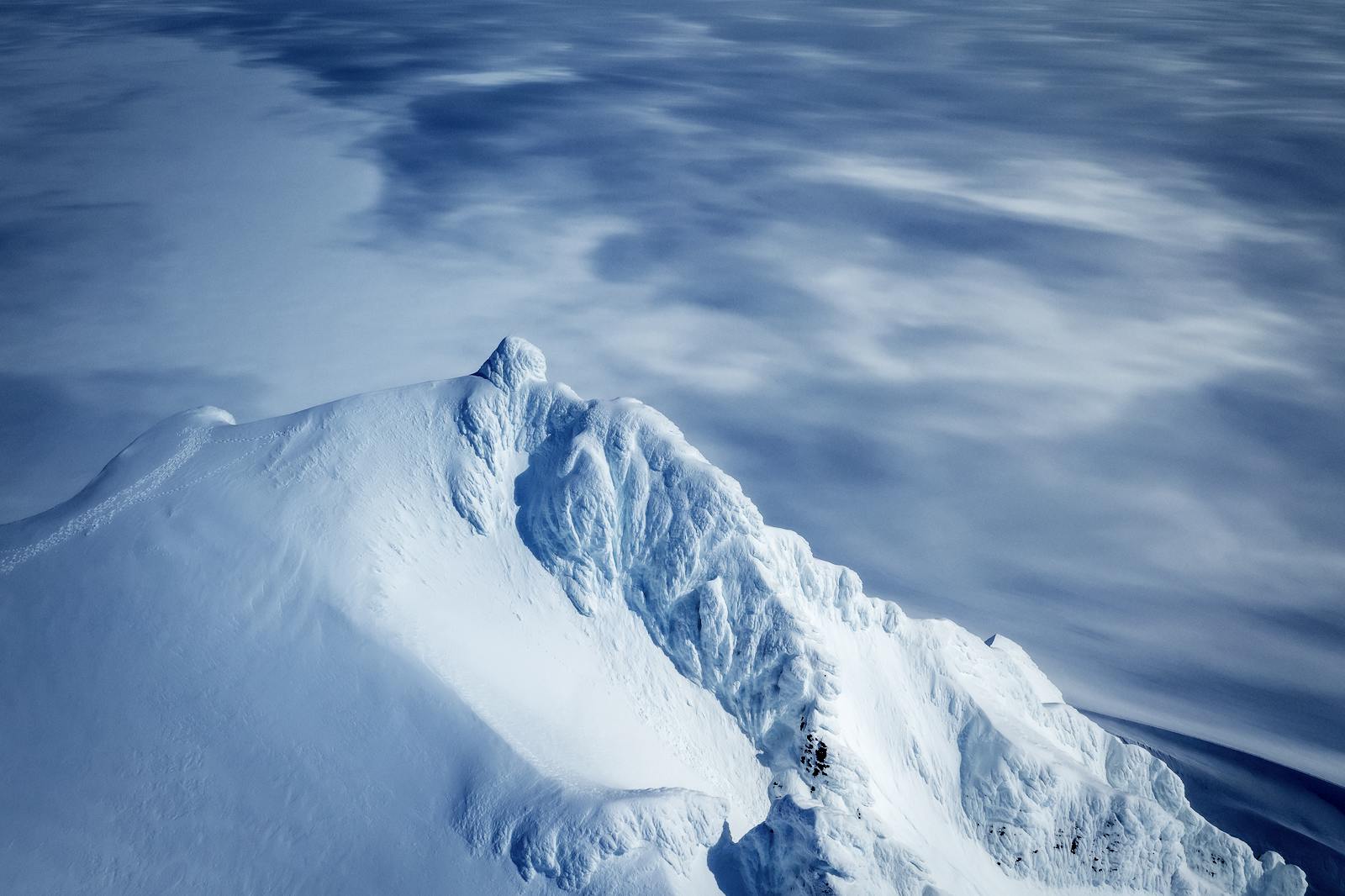
A Central Feature in Iceland’s Highlands
Hofsjökull sits in the middle of the Highlands of Iceland, between the better-known Langjökull and Vatnajökull glaciers. It marks a central point in Iceland’s east-west rift zones and contributes to the volcanic activity along these tectonic boundaries.
The Hofsjökull volcanic system is also home to hot springs and lava flows, although most of its features remain hidden beneath thick ice. While less frequently visited than other parts of Iceland, this area is key to understanding the country’s inner geological forces.
The Source of Vital Rivers
Meltwater from Hofsjökull feeds several of Iceland’s most important rivers. Most notably, it is the source of the Þjórsá River, at 230 kilometers, the longest river in Iceland. This river flows from the glacier across the Highlands towards the southern shore and eventually reaches the Atlantic Ocean.
Other rivers originating from Hofsjökull include Blanda and Héradsvötn, which flow towards the north. These rivers are vital for hydroelectric power production and farming in Iceland’s lowland regions. The presence of the volcanic system underneath helps shape the terrain through which these rivers flow, influencing their paths and behavior.
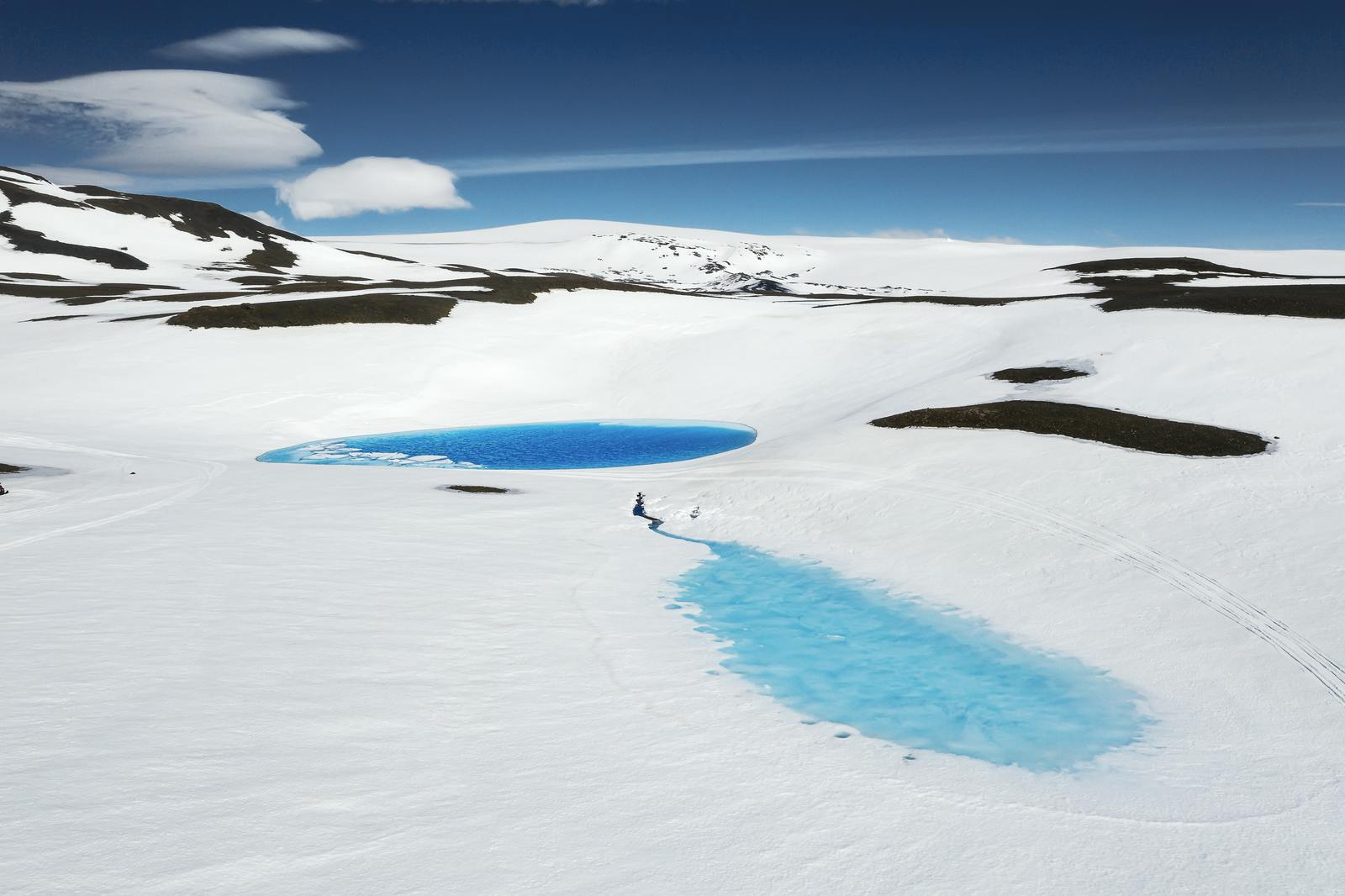
Climate Change and Hofsjökull
Like most of Iceland’s glaciers, Hofsjökull is shrinking. Glacial studies show that while the ice cap gained mass temporarily in 2015, the long-term trend is clear: the glacier is losing volume due to warming temperatures.
As Hofsjökull melts, changes occur not just in the ice cap but in the volcanic system beneath. Thinner ice can affect pressure on the Earth's crust, potentially influencing geothermal activity or even future eruptions. The loss of ice also affects river levels and hydroelectric power output, both of which are tied closely to Iceland’s energy system.
Visiting Hofsjökull
Hofsjökull’s remote location makes it more difficult to reach than glaciers closer to the Ring Road. It is not accessible by standard vehicles, and conditions in the Highlands can change quickly. Those wanting to explore the area typically join guided tours in specially equipped vehicles.
While the glacier itself isn’t a major tourist stop, it plays a big role in shaping the surrounding landscapes. The rivers it feeds, and the volcanic features it hides, stretch far beyond its icy edge.
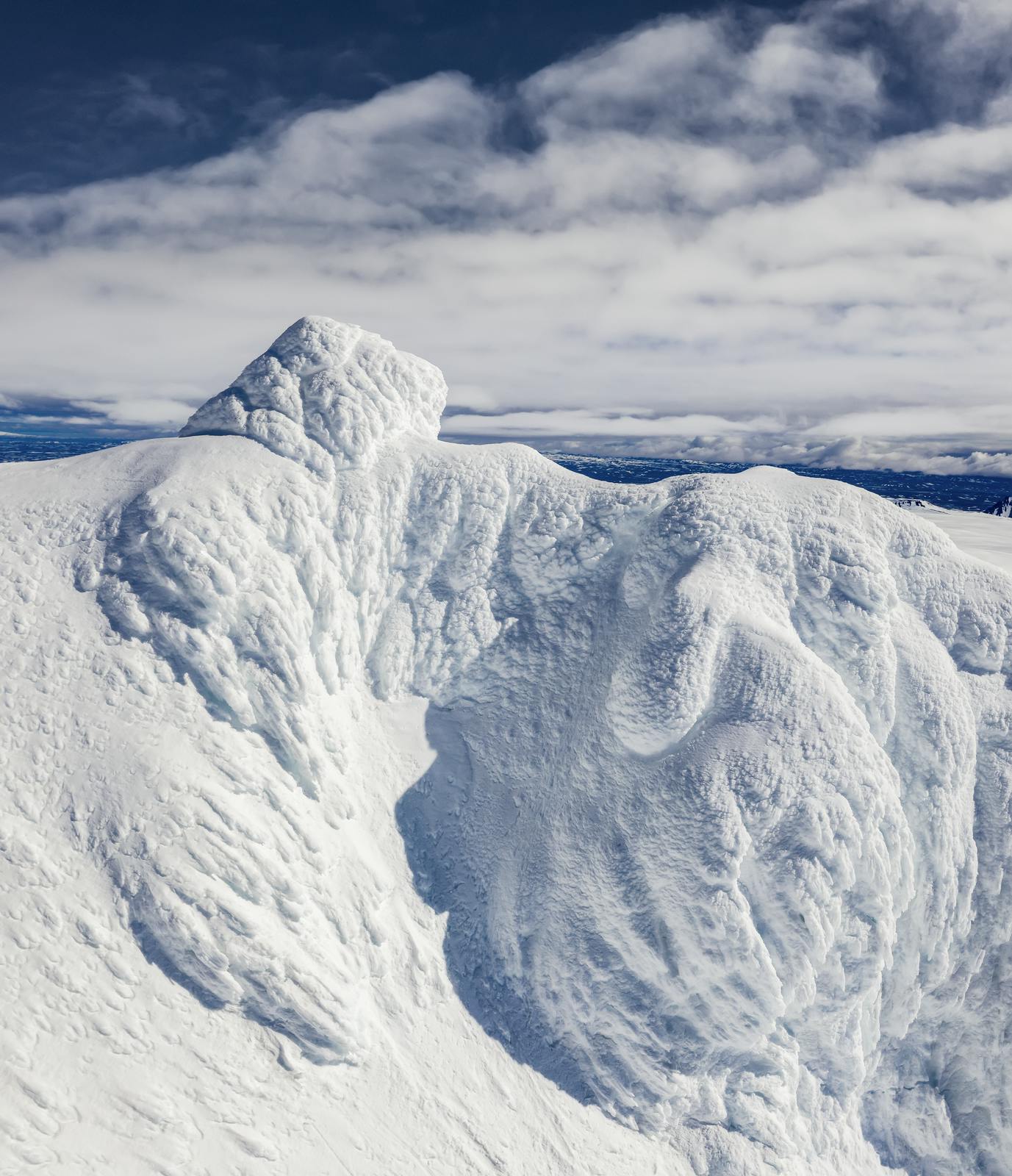
Learn More at Perlan
You can explore the story of how glaciers like Hofsjökull carve Iceland’s landscape without leaving Reykjavik. At Perlan, interactive exhibits bring the science of the Highlands within reach, offering an engaging way to connect with this rugged, ever-changing environment.
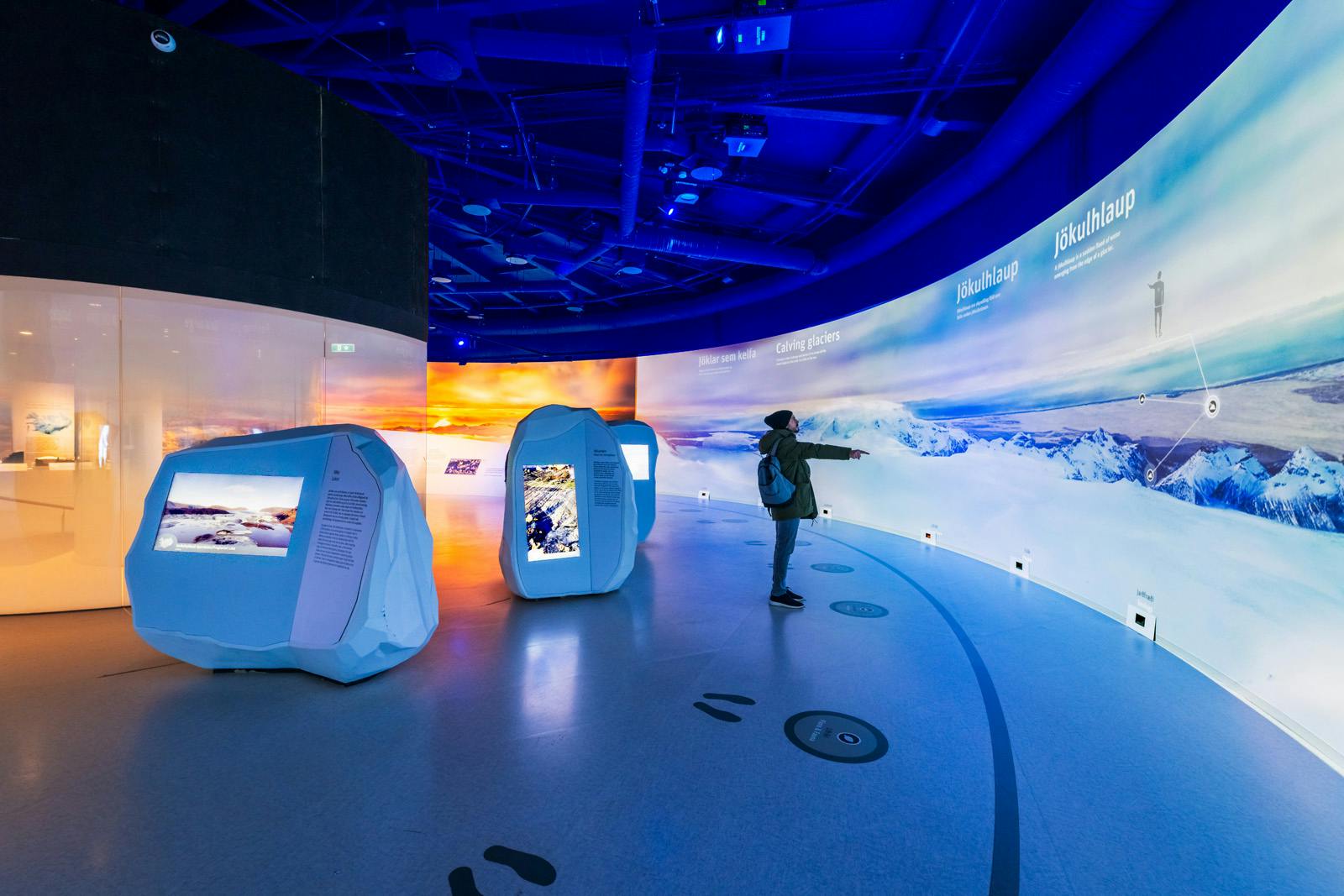
Frequently Asked Questions
What is Hofsjökull?
Hofsjökull is a large glacier in central Iceland that sits atop one of the country’s biggest active volcanic systems.
Where is Hofsjökull located?
It lies in the central Highlands of Iceland, between Langjökull and Vatnajökull glaciers.
Is the volcano under Hofsjökull active?
Yes, it’s considered active, even though it hasn’t erupted in recorded history. It’s part of a large volcanic system.
What rivers start from Hofsjökull?
Þjórsá, Blanda, and Héradsvötn all have their sources in the Hofsjökull ice cap.
How does Hofsjökull affect energy production?
Its meltwater powers several hydroelectric plants, making it vital for Iceland’s energy supply.
Is Hofsjökull safe to visit?
It is remote and should only be visited with a guide and specialized vehicle due to difficult terrain.
Why is Hofsjökull important?
It links Iceland’s glaciers with its volcanic systems, influences river systems, and plays a key role in understanding the island’s geology.







